Non-woven fabrics are widely used in the production of various protective masks due to their unique properties and advantages. There are several important reasons for choosing non-woven fabrics as raw materials for adult masks, covering aspects such as protective performance, comfort, production cost, environmental protection and applicability.
Excellent filtration performance
Non-woven fabrics have good filtration performance due to their unique manufacturing process. Non-woven fabrics are formed by bonding fibers together through processes such as meltblowing, spunbonding or hot pressing to form materials with complex fiber structures. In particular, meltblown non-woven fabrics, whose fibers are extremely fine and staggered, can effectively filter tiny particles, viruses and bacteria.
High-efficiency filtration: The fiber diameter of meltblown non-woven fabrics is usually between 1 and 5 microns, and this fiber structure can effectively block particles in the air with a diameter of less than 5 microns. For protective masks, this means that it can effectively filter out particles such as PM2.5, bacteria and some virus particles, providing good protection.
Good breathability and comfort
The breathability of non-woven fabrics is another important reason for it to be used as a raw material for masks. Breathability is a key factor for masks to provide protection while keeping the wearer comfortable.
Breathable design: The fiber structure of non-woven fabrics is relatively loose, allowing air to pass through while blocking particles. This allows the wearer to breathe smoothly when using the mask without feeling stuffy, especially in hot weather or when worn for a long time, good breathability can significantly improve comfort.
Soft and skin-friendly: Non-woven materials usually have a soft texture and will not irritate the skin. This is especially important for people who need to wear masks for a long time, which can avoid skin discomfort or allergic reactions caused by friction.
Professional digital printed non woven fabric manufacturers since 2013.


 English
English عربي
عربي Español
Español


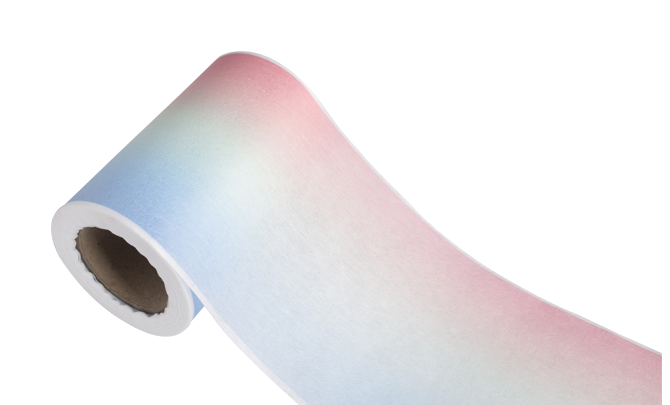
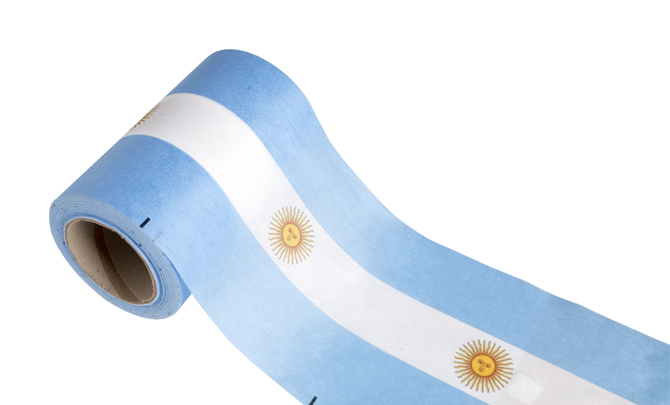
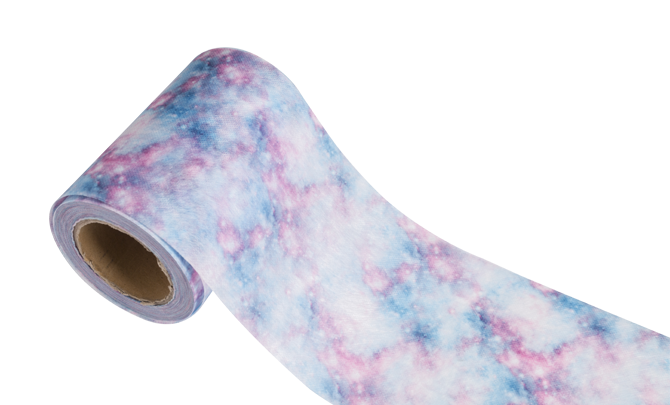
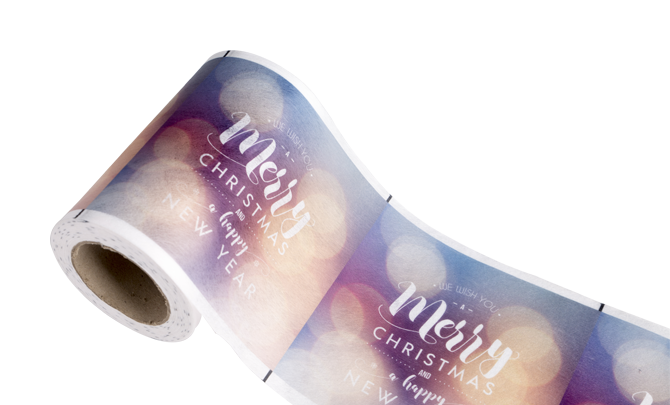
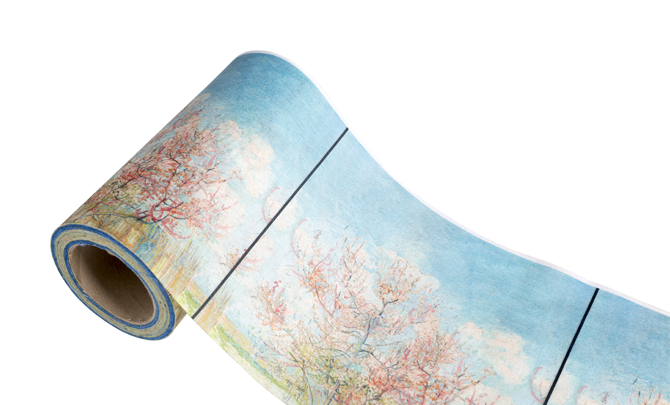

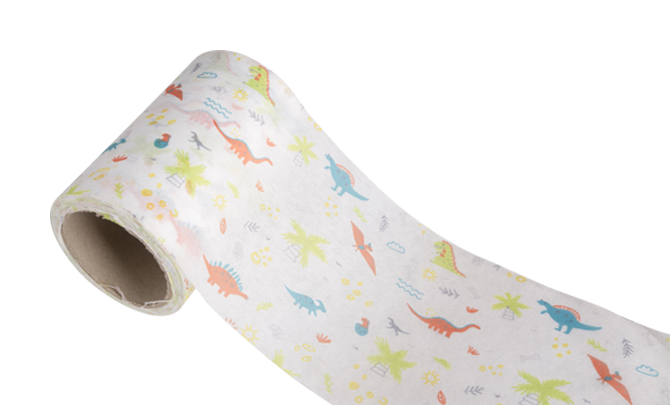
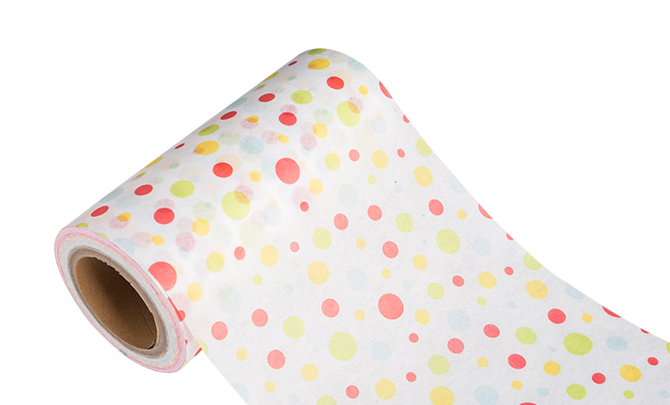

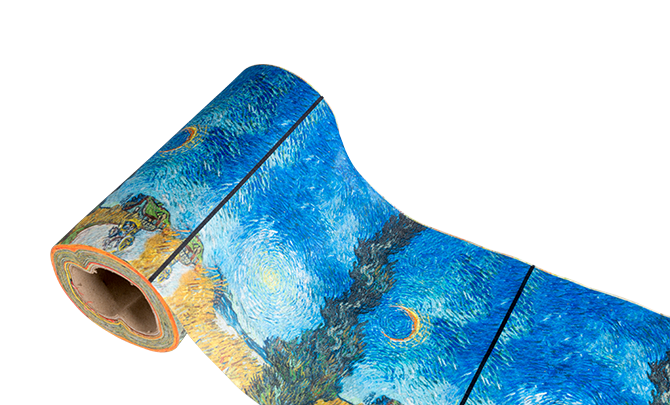






 Tel:
Tel:  E-mail:
E-mail:  Add:
Add: 
